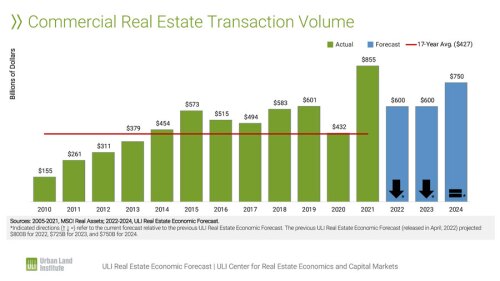According to the Wall Street Journal, the median size of a new single-family home declined for the first time since 2009, slipping 2 percent to 2,422 square feet (225 sq m) in 2016. This is only the third time in the last 20 yearsthat it has fallen, according to U.S. Census Bureau data.
“I think builders are hearing the public calls for cheaper homes, and they are certainly trying to address that market segment,” said Aaron Terrazas, a senior economist at real estate website Zillow, speaking to the Journal. “They are just struggling to find a way to do so.”
The Journal had previously reported that about 854,000 new-owner households were formed during the first three months of 2017, more than double the 365,000 new-renter households, according to U.S. Census data. This was the first time in a decade that there were more new buyer households created than renter households.
Rising labor costs, limited availability of lots, and tight loan standards are all constraining builders, especially in high-demand places like San Francisco. Terrazas told the Journal that homebuilders appear to be shrinking homes in locations that are more affordable, like Texas and Oklahoma, and holding square footage steady in coastal markets like California and Washington state.
The latest census data show that the share of homes in the 1,400- to 1,799-square-foot (130 to 167 sq m) range saw the strongest growth last year, followed by homes in the 1,900- to 2,399-square-foot (176 to 223 sq m) range. The pace of construction for larger homes increased, though the homes represented a smaller share of all new construction than in previous years. The only category that did not see the pace of building increase was for the smallest homes—those under 1,400 square feet (130 sq m).
U.S. Census: Characteristics of New Housing



